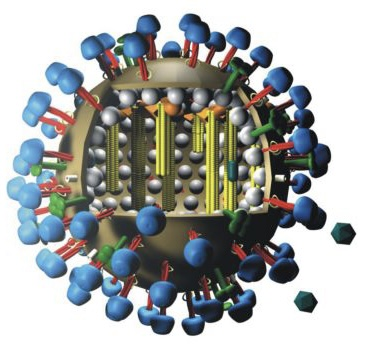Translated to English:
A new positive case of highly pathogenic avian influenza (IAAP) by H5 subtype of Eurasian lineage was detected in recent days. It is a common sea lion found in the Punta Gusano sector, near Puerto Williams, which is the first case of this species to be detected in the Magallanes Region.
With this finding, there are 46 specimens of marine animals under the tutelage of the General Law of Fisheries and Aquaculture (LGPA) detected as positive cases for avian influenza: 35 common sea lions, 4 Humboldt penguins, 2 chungungos, 2 thorny porpoises, 2 Chilean dolphins and one howl.
“When reviewing the report of dead animals associated with avian influenza, during the first half of 2023, we recorded that, from February 7 to June 30, 15,185 specimens of marine fauna have been identified dead. The breakdown is as follows: 13,025 common sea lions, 2,093 Humboldt penguins, 30 chungungos, 21 thorny porpoises, 15 Chilean dolphins and a huillín,” explained the National Director of SERNAPESCA, Soledad Tapia.
Likewise, the authority valued the work carried out together with other public entities such as SENAPRED, SAG, the Regional Governments, the Presidential Delegations and the municipalities, among others and communal, since “the important thing is to see that we must work together, work in coordination to be able to attend this type of event, which as I repeat, had never occurred in Chile.”
“I want to highlight the tremendous work of our officials throughout the country, especially in the North macrozone. Mainly the regions of Arica and Parinacota and Antofagasta are the hardest hit, which maintain high numbers of animals that appear with symptoms of avian influenza, as well as in the regions of Atacama and Coquimbo,” Tapia added.
WHY ARE SEA LIONS THE MOST AFFECTED SPECIES?
Among the more than 13,000 common sea lions killed associated with avian influenza during the first half, the largest number occurred during the month of May, with 3,929 specimens stranded. The area where there were the most strandings of common dead sea lions, was in the north between the regions of Arica and Atacama, the most affected being the Region of Antofagasta, with 4,626 specimens killed, most of them found in the month of June.
Mauricio Ulloa, Sernapesca’s avian influenza manager, explained in this regard that “a very special situation occurs, which is the passage of a virus that normally affected birds to a marine mammal. That step has caused the marine mammal to be very defenseless against this new virus and that is why this massive and unusual mortality has occurred that we have observed.”
To this is added, in the case of the northern area, that marine animals and birds - carriers of the virus - share the same food sources, which are schools of fish such as anchovies and sardines, so “they have been very infected by sharing the food habitats and spaces where they develop.”
It should be remembered that, before a discovery of a dead specimen on the coast, it is extremely important that people avoid contact with that animal and immediately report to the telephone number 800 320 032 of Sernapesca, to begin coordination with municipalities or other state services, to see the final disposition of the animals.

